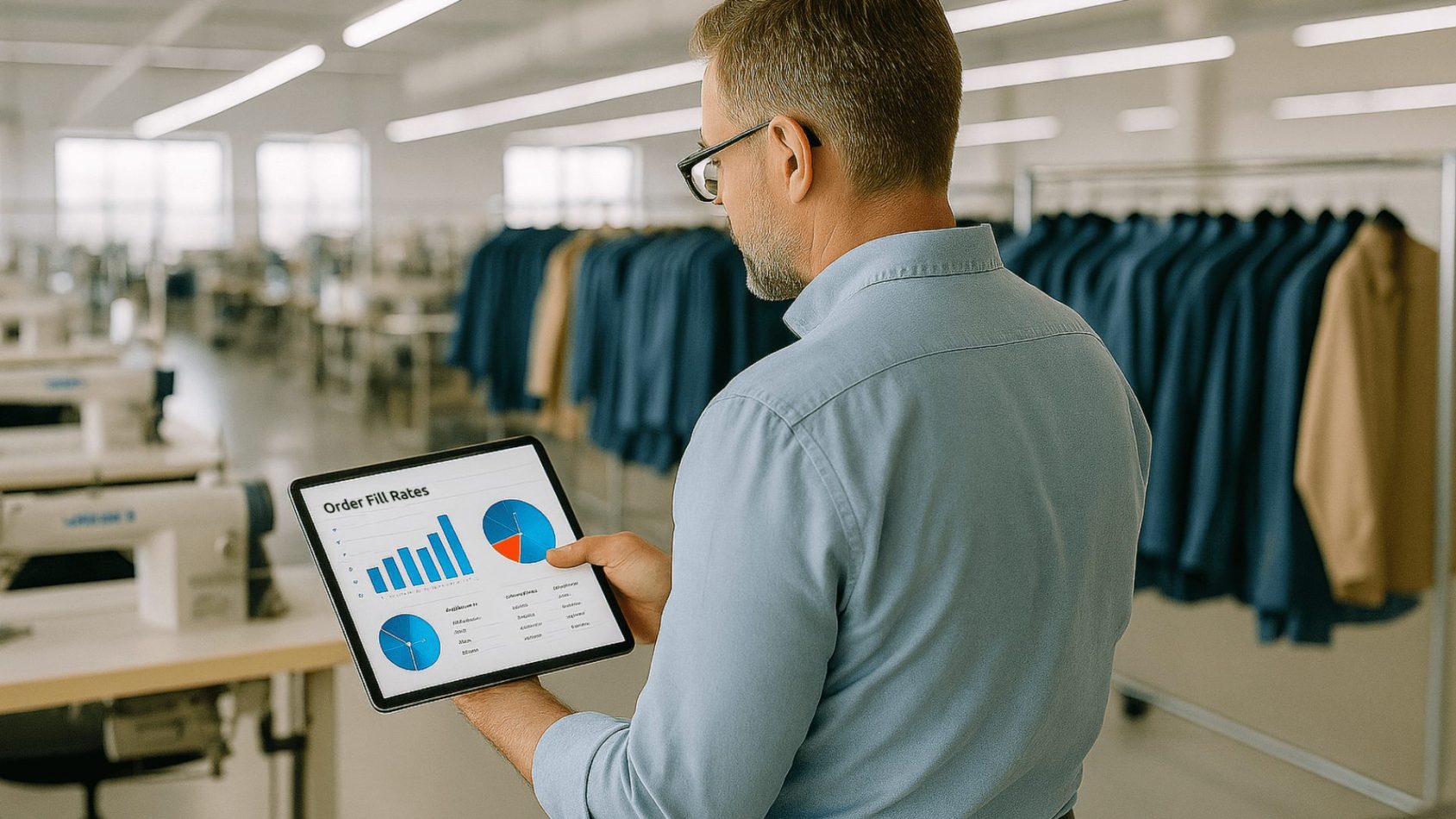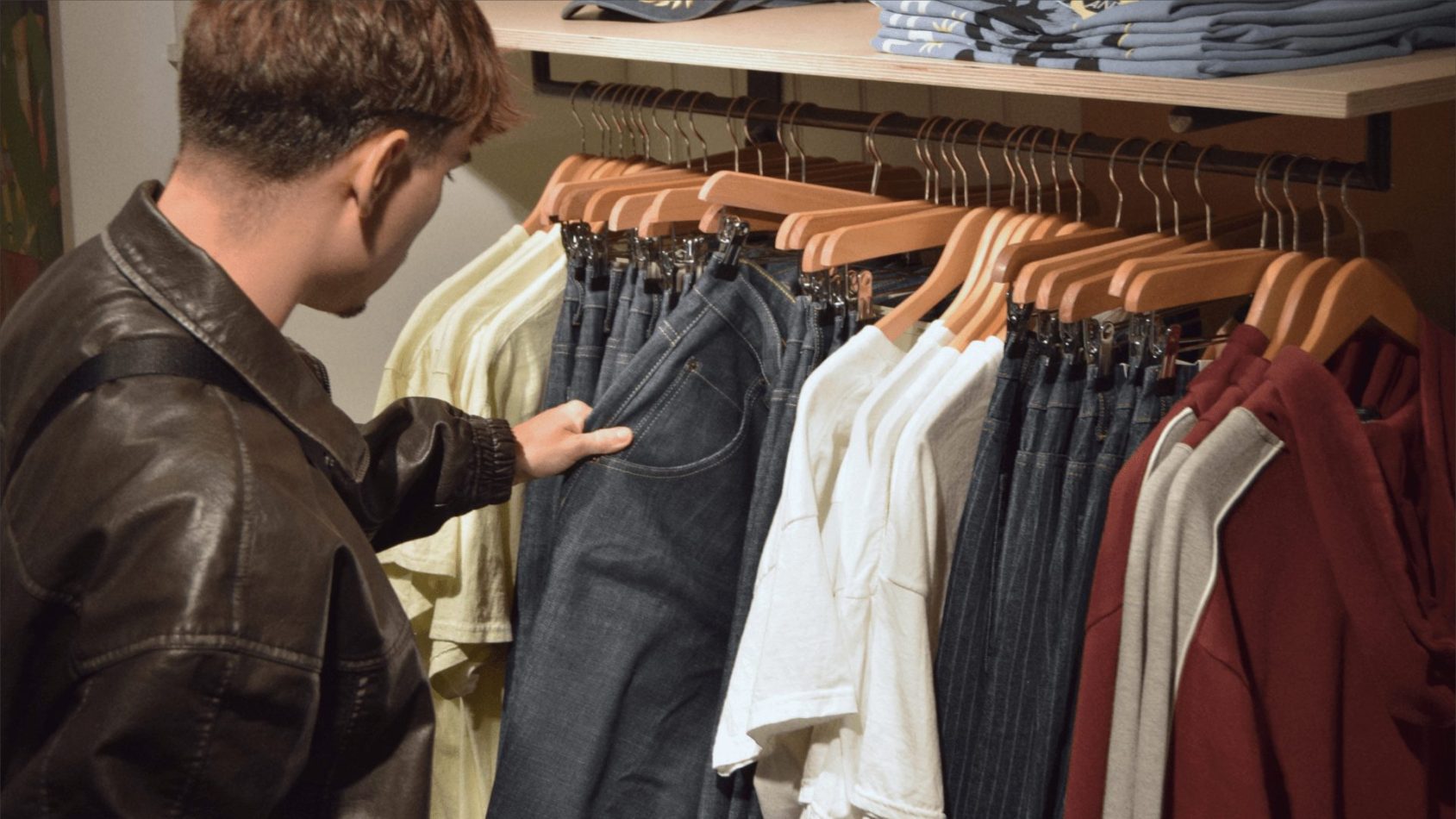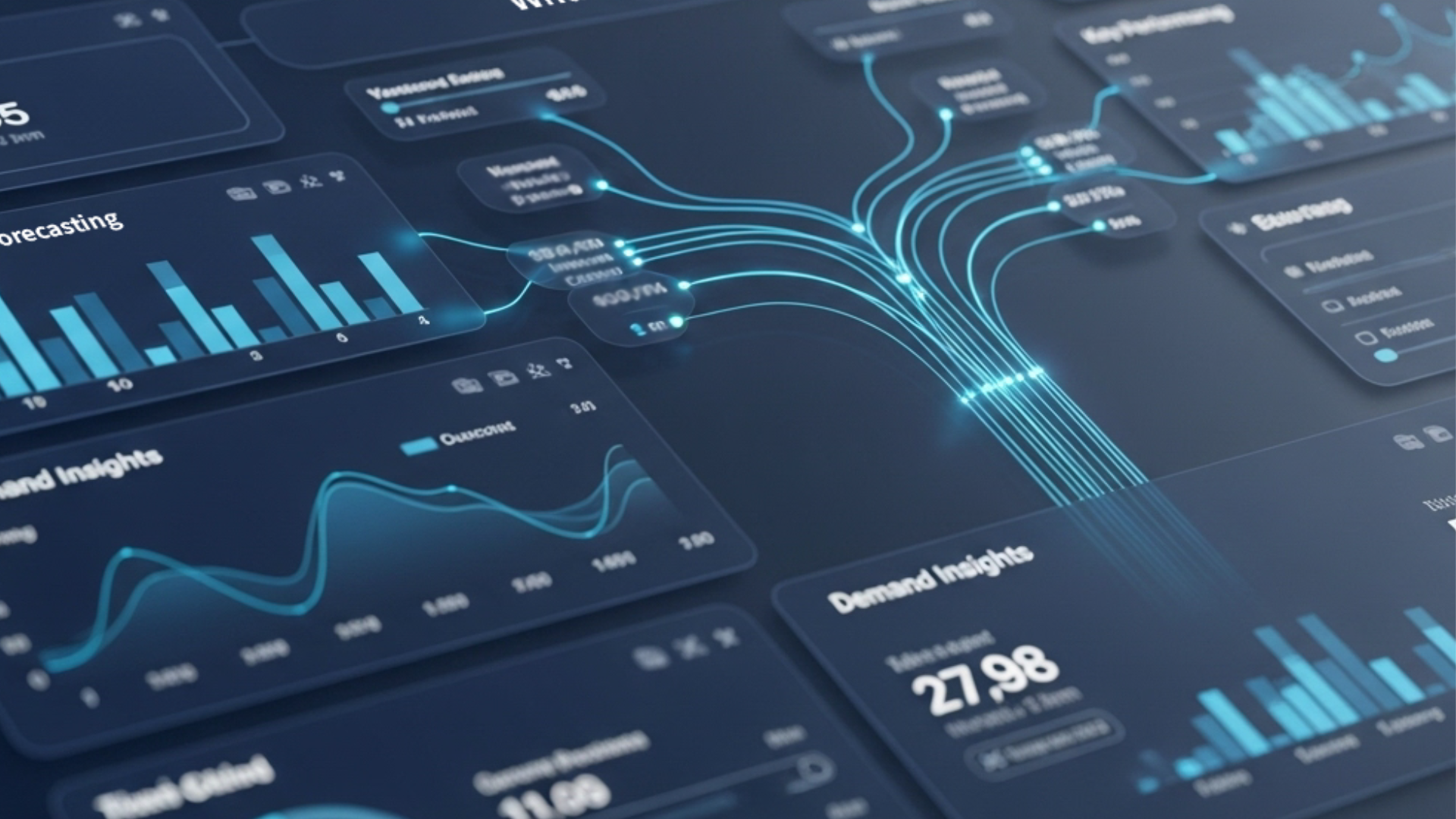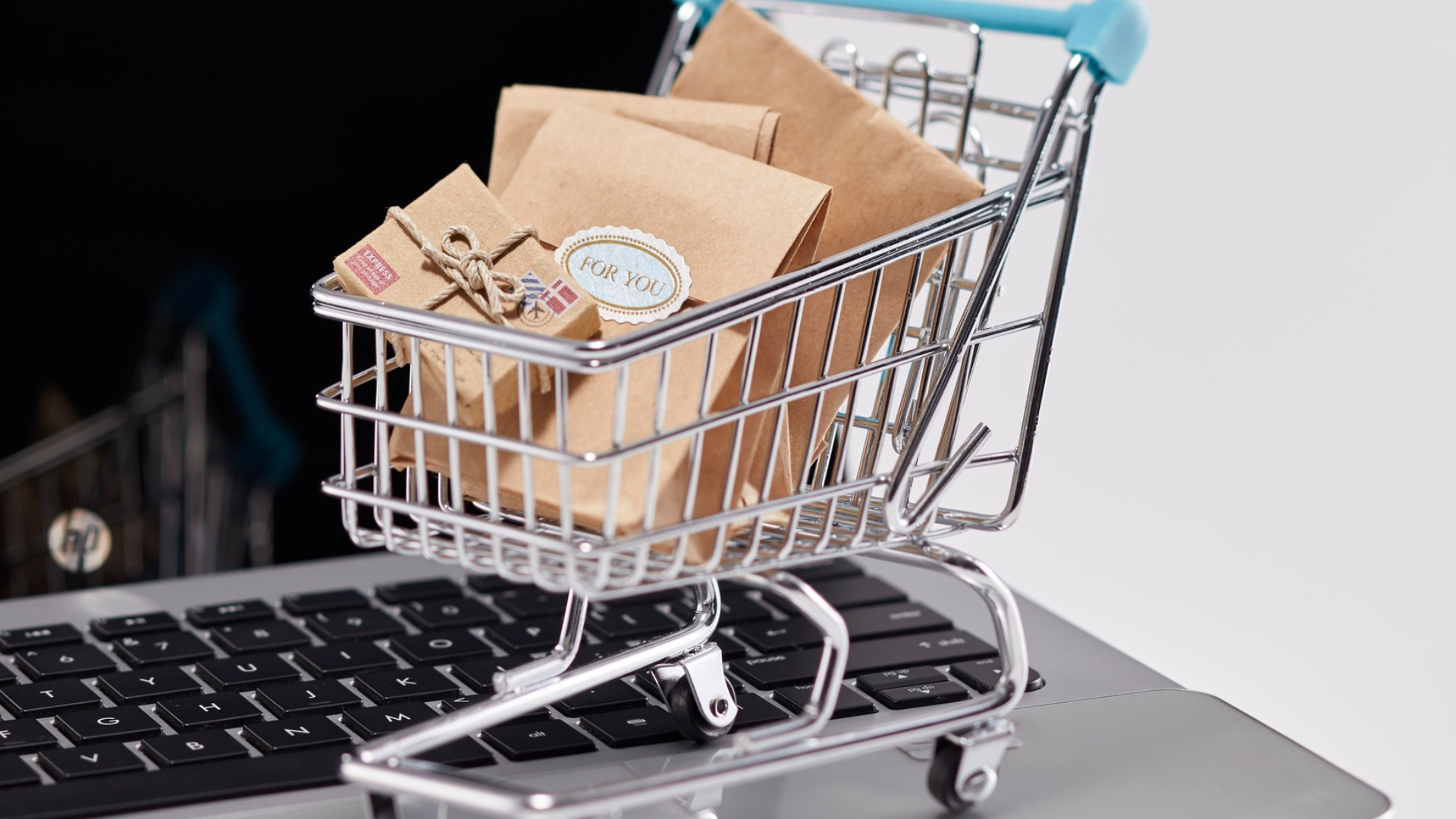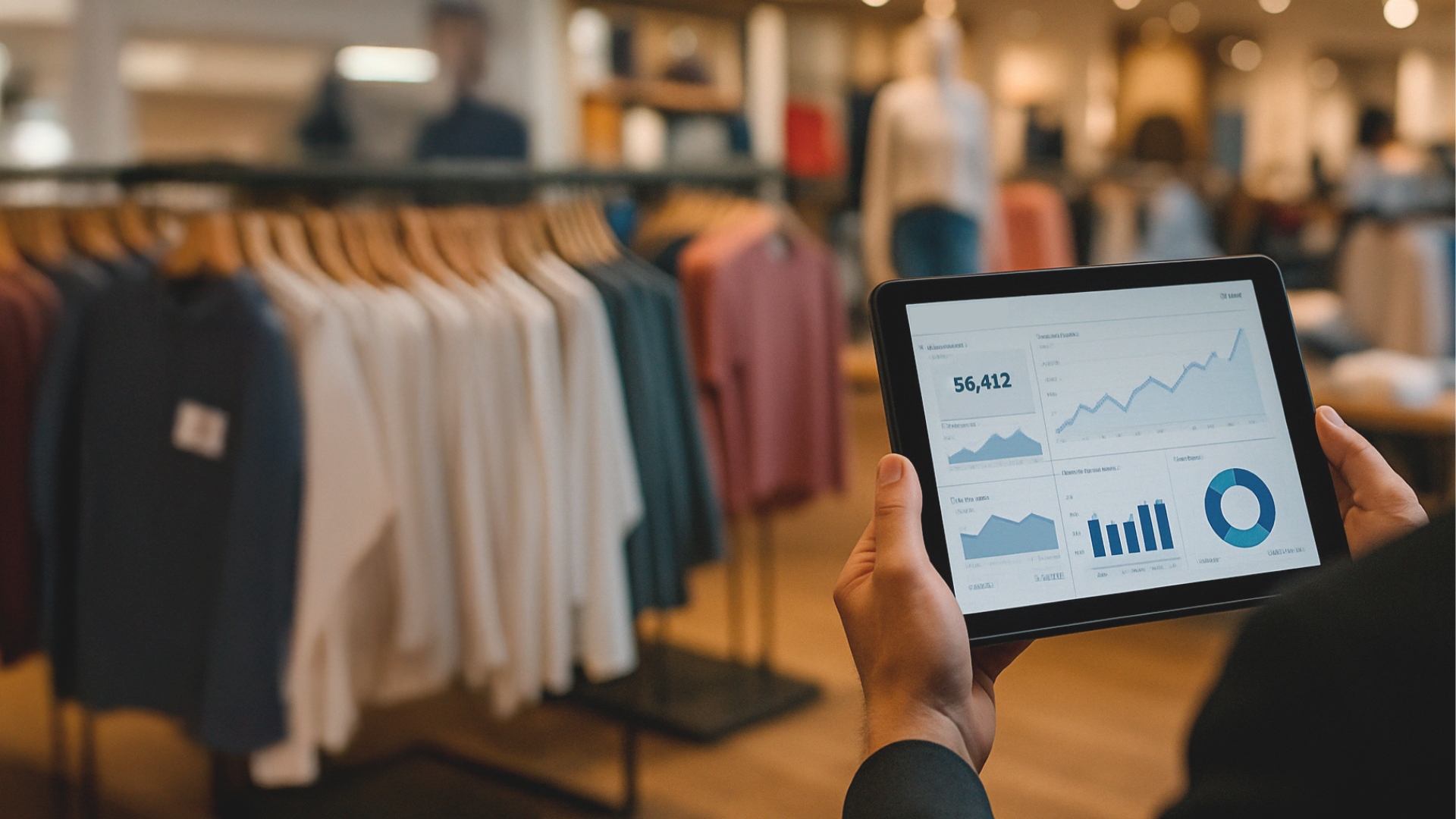August 1st, 2025: Liberation Day part 2. With new tariff headlines (and rising consumer fears on what this means for their discretionary income), making smart production decisions that align supply with demand is imperative for retail brands to protect their margins. But between new rates and pushed implementation dates, uncertainty won’t subside until the ink dries. AI-powered supply chain forecasting software that integrates supply and demand data can empower retailers to plan ahead and make decisions that improve the bottom line.

Supply Side: Tariffs, Risks and Disruptions
10%. 20%. 30%. Tariff pricing is continuing to fluctuate and markets are reacting (albeit not as sharply as on the first Liberation Day). With varying degrees of diversification and globalization, brands will feel the effects of additional tariffs differently.
Regardless, most brands have begun implementing a variety of mitigation strategies including vendor negotiation and stockpiling products. According to a recent 7thonline survey, the most common move is likely to be price hikes—35% of retail leaders surveyed claimed price adjustments as their first response to new tariffs. Budget-friendly brands such as Shein and Temu have already increased their prices as they have lower margins than others. While others such as Gap and Urban Outfitters are choosing to absorb the additional costs, and are using this as an opportunity to obtain more market share. Some brands have opted for a wait-and-see approach, not allowing the headline-driven fears to falter their strategy.
Our survey revealed that over 20% of retail executives are not confident in their supply chain’s ability to manage disruptions, aiming to improve flexibility and resilience through infrastructure changes. The most common actions? Reducing overall inventory levels, diversifying suppliers and shifting to just-in-time inventory models.
Demand Side: Capturing Trends in Consumer Behavior and Fears
Recent retail sales data revealed slower demand in the American market, with May seeing the biggest drop. However, economists think the worst is yet to come. Our survey revealed declining spending remains the top concern for this year with 39% of retailers already seeing lower demand in the past year.
With a weak sentiment index, smarter assortment planning is critical to ensure each SKU earns its place on the shelf—especially as tariffs eat away at margins.
A demand-driven, data-informed approach empowers businesses to stay agile, plan accurately and protect margins. Assortment planning—part art, part science—not only anticipates relevant trends but also leverages data to analyze and forecast demand. With AI-powered retail planning software, retailers can seamlessly blend analytics with merchant intuition and creativity to engage shoppers and deliver what they truly want—down to style, color, size.
Getting the right products to shoppers, wherever and whenever they’re looking, is essential in ensuring shoppers keep shopping with your brand. Using AI, you can understand consumer behavior and maximize inventory productivity based on the item’s propensity to sell across channels.
Aligning Supply and Demand: Designer Changes Tailored to Shoppers
Business of Fashion states: Suppliers could start getting pickier about what products they’ll produce, and brands on what they’ll make, simplifying design components or opting only for higher margin products. Hardware store Home Depot, for example, warned it may stop selling some products if increased costs make them unprofitable to sell.
“We need to have certainty. Companies can’t make decisions on investment and shifting supply chains and so on with the rates constantly changing. And as it starts hitting demand it’s going to be really important for the economy that we get clarity on it so that supply and demand can normalize.” — Aneesha Sherman, Bernstein US apparel and retail analyst.
While the delayed go-to-effect date might have softened the blow for holiday planning—a crucial period for retailers—shopping behavior and appetite for the rest of the year is still up in the air; leaving retailers confused and screaming for certainty.
To learn more about how AI can help brands and retailers stay ahead of consumers, book a demo or email us at info@7thonline.com.

